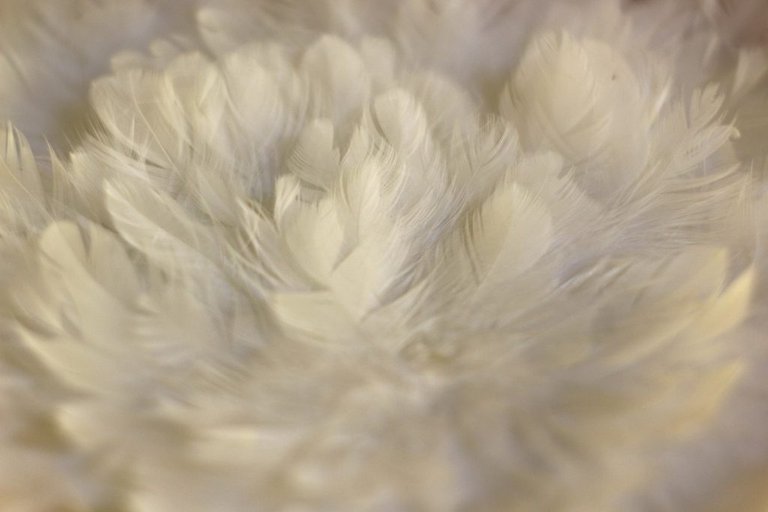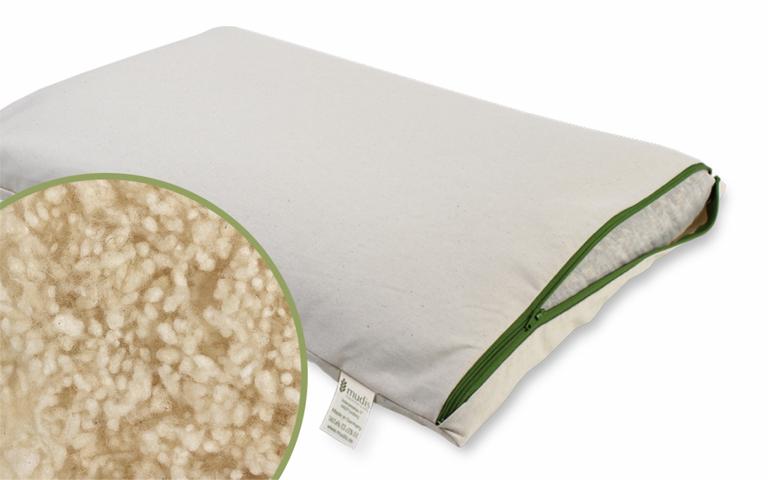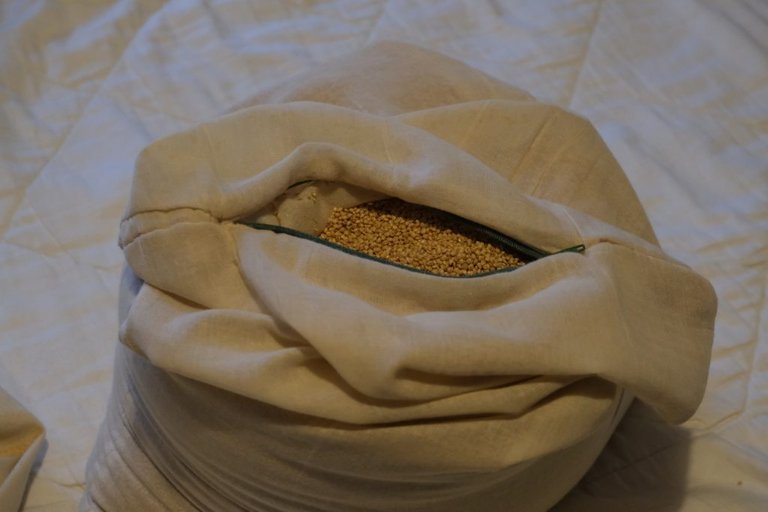Posted in OCD because I haven't found a fitting community for consumer advice.
Chapter one: A short history of my quest for a comfortable headrest
For years, I suffered from the misconceptions that down was the highest quality pillow filling, and that more expensive meant better.
So I kept buying more and more expensive down pillows, hoping to find one that I wouldn’t have to beat into submission every night to get into a somewhat comfortable position.
Then two things happened around the same time: I learned what an abominable practice the live plucking of geese for down actually is, and I slept on a polyester pillow for the first time.
The result was me feeling both ashamed and stupid. Ashamed because I had been supporting that horrible business with my purchases, and stupid because My then girlfriend’s $5 Ikea Pillow was vastly more comfortable than all the down pillows I had spent way north of $1000 on over the years.
Polyester wasn’t the solution for me/us though, as it’s not exactly ecological and I could do without the fumes. The latter was also the reason for memory foam to be out of the running.
We finally arrived at using millet pillows, which constitute both an ecological and comfortable option. There are many more though, which is why I put together this more detailed comparison:
Down

The King’s choice of pillows…
…assuming we take that to mean “Likes wasting money, doesn’t care about animal suffering, and prefers the comfort level of medieval bedding.
A large portion of commonly available down filling and stuffing, especially the “premium” stuff, stems from live plucking, where they brutalize the geese, pulling the feathers from their body without anesthesia, discarding and leaving them cold and in pain until the next plucking or their slaughter. Inexcusable.
Polyester
Theorecially a comfortable material, polyester shines in softness, elasticity, and keeping its shape. Unfortunately it’s a petroleum product and completely unecological.
Plastic (or rather its additives which don’t have to be disclosed) doesn’t just offgas unhealthy fumes, or leach estrogen mimicking compounds into our food or through our skin, polyester textiles are also majorly responsible for a good portion of micro plastics plaguing our oceans, soil, drinking water, and even the air we breathe. So hands off, please.
Merino wool

Pillows filled with merino wool, pictured is one by Mudis Naturkissen (German Store), feel similar to polyester pillows.
The filling is soft, elastic, and keeps its shape well.
Unfortunately there is a tendency for these little wool balls to bunch up or compact over time, resulting in some manual labor pulling them apart again.
On the plus side, wool kills bad odors, is naturally antibacterial, is very warm of course, but also transports moisture extremely well, making for a dry, comfortable sleeping climate (same goes for blankets).
A good choice, if the pillow doesn’t have to be completely vegan.
Note: apart from sheep’s wool you can also easily find products from camel hair, Alpaca wool, and similar.
Latex foam

If you like very elastic, bouncy, but heavy pillows, you might consider latex foam. Pictured is our couch pillow by Allnatura (German store).
Natural Latex is not a plastic, but rubber (from the rubber tree). As such, it doesn’t suffer from the same ill health effects or ecological worries as polyester/plastic does.
I find these pillows quite comfortable, though they’re a bit too plump and firm for use as a pillow for sleeping, for my taste. If you like these attributes in a pillow, you should definitely try one.
Note: Latex foam is also a good and healthy option for mattresses. Even Ikea has at least one option (that we are using and love).
Millet

Last but not least, the pillow filling we’ve been using for years, and are very happy with: Millet casings. Pictured is our pillow from Mudis Naturkissen.
These small balls excel at fitting to your head shape, almost like memory foam, just a lot firmer and without the toxic gasses.
I’ve already written a comprehensive test about this specific pillow (In German) (See here).
In a nutshell, or rather grain shell, millet casings are probably *the* or at least one of the most ecological options for pillow fillings. It’s a “garbage” product of making millet, and can be composted once it needs to be replaced.
As for comfort, I’ve already mentioned these pillows adapt to your head very well, which also makes them very comfortable despite being a bit hard. It does take some getting used to though. If that sounds good to you, I say go for it!
Note: There are softer options available, for example mixed with wool.
Final words
Of course there’s a plethora of other options I haven’t explored here, but I do feel like I’ve covered both the most common- on the one hand, and the most recommended options on the other. If you feel like the best option is still missing, feel free to leave your recommendation in the comments below. Otherwise I hope you found this post both informative and helpful
Congratulations @romandoesthings! You have completed the following achievement on the Hive blockchain and have been rewarded with new badge(s):
Your next payout target is 50 HP.
The unit is Hive Power equivalent because your rewards can be split into HP and HBD
You can view your badges on your board and compare yourself to others in the Ranking
If you no longer want to receive notifications, reply to this comment with the word
STOPTo support your work, I also upvoted your post!
Check out the last post from @hivebuzz:
Support the HiveBuzz project. Vote for our proposal!